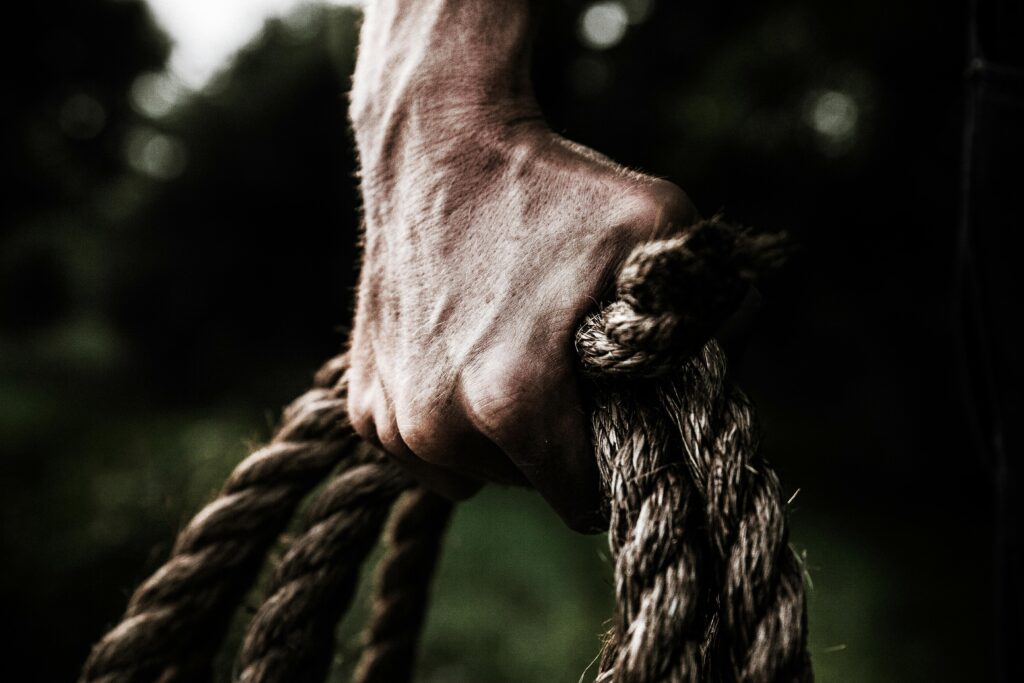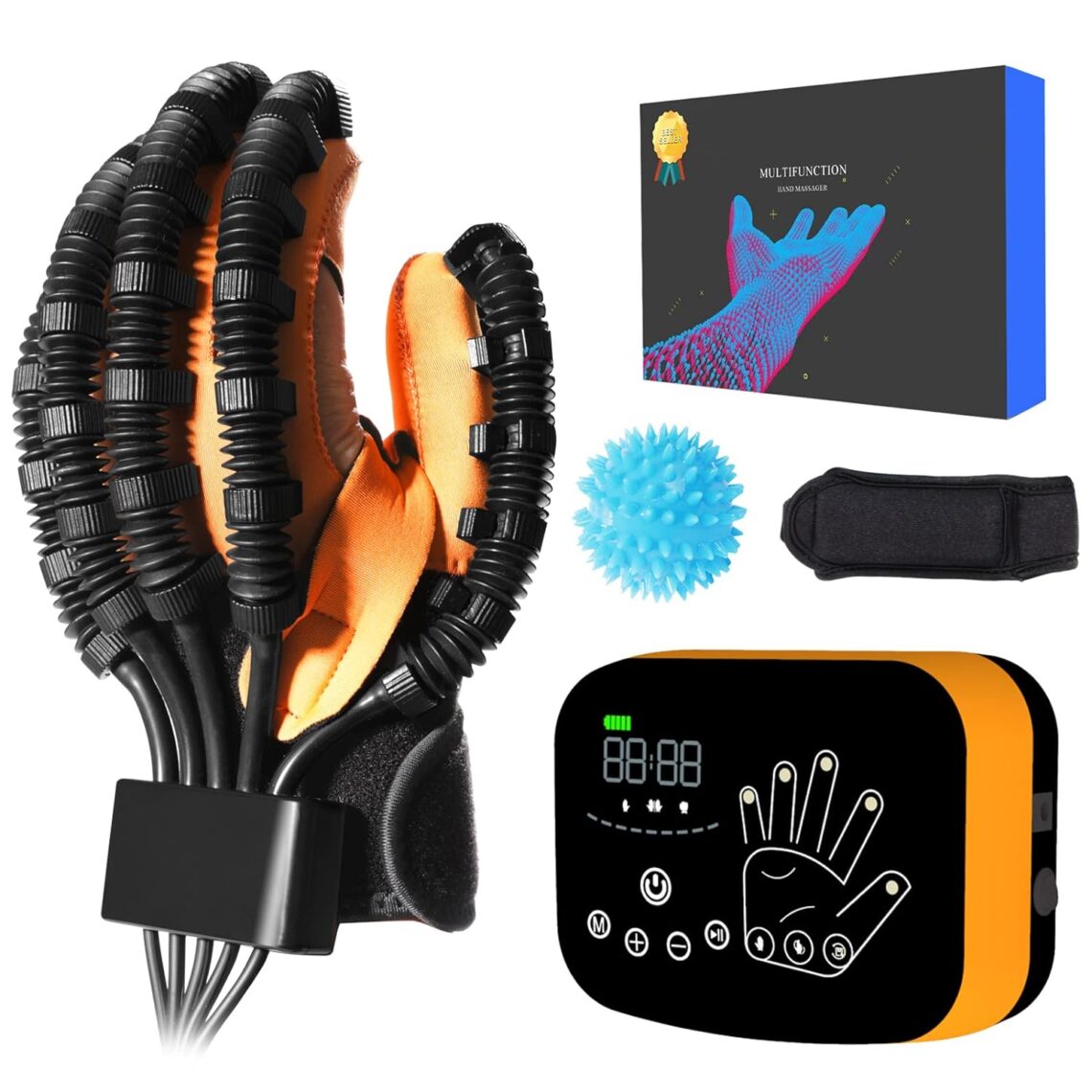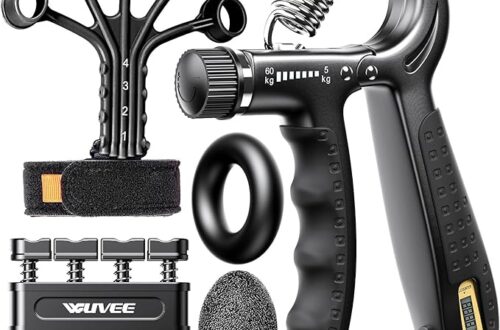A stroke can be a life-altering event, impacting various aspects of an individual’s physical and cognitive function. Among the many challenges that stroke survivors face, hand problems rank among the most significant. The loss of hand function or impaired hand movement can greatly affect one’s ability to perform everyday tasks and diminish overall quality of life. In this article, we delve into the complexities of hand problems after stroke, exploring the underlying causes, common symptoms, and effective strategies for rehabilitation and recovery.

Understanding Hand Problems After Stroke:
Hand problems following a stroke often stem from damage to the brain’s motor cortex, which controls voluntary movement. Depending on the location and severity of the stroke, individuals may experience varying degrees of hand weakness, stiffness, or paralysis. Common symptoms include:
- Loss of Fine Motor Skills: Difficulty with tasks requiring precise hand movements, such as writing, buttoning a shirt, or picking up small objects.
- Muscle Spasticity: Involuntary muscle contractions leading to stiffness, tightness, and impaired range of motion in the hand and fingers.
- Sensory Changes: Altered sensation, numbness, or tingling in the hand, affecting tactile perception and grip strength.
- Functional Limitations: Challenges with activities of daily living, including grooming, cooking, and self-care tasks that rely heavily on hand function.
Rehabilitation Strategies for Hand Recovery:
Recovering hand function after a stroke requires a comprehensive and multidisciplinary approach. Here are some key strategies employed in rehabilitation:
- Physical Therapy: Structured exercises and activities focused on improving hand strength, flexibility, and coordination. Therapists may use techniques such as passive stretching, active range of motion exercises, and task-specific training to target specific hand movements.
- Occupational Therapy: Practical interventions aimed at relearning and adapting to daily activities. Occupational therapists help stroke survivors develop compensatory techniques, utilize adaptive equipment, and modify their environment to promote independence and functional mobility.
- Constraint-Induced Movement Therapy (CIMT): A specialized approach that involves restraining the unaffected hand while intensively training the affected hand. CIMT encourages neuroplasticity and promotes functional recovery by encouraging the use of the impaired hand in daily tasks.
- Neuromuscular Electrical Stimulation (NMES): Utilizing electrical stimulation to activate muscles and improve muscle strength and control. NMES may be used in conjunction with traditional therapy approaches to enhance motor recovery.
- Assistive Devices: The use of adaptive equipment and assistive devices can help compensate for hand weakness or paralysis. These may include adaptive utensils, splints, braces, and devices designed to improve grip strength and facilitate functional tasks.
Empowering Recovery and Adaptation:
While recovering hand function post-stroke may be challenging, it’s important to approach rehabilitation with patience, perseverance, and a positive mindset. Every small improvement represents a significant milestone on the road to recovery. Additionally, support from caregivers, family members, and healthcare professionals plays a crucial role in providing encouragement, motivation, and guidance throughout the rehabilitation process.
In conclusion, hand problems after stroke pose significant challenges, but with the right interventions and support, meaningful recovery is possible. By addressing physical limitations, implementing evidence-based rehabilitation strategies, and fostering a supportive environment, individuals can regain independence, reclaim functionality, and embrace a fulfilling life after stroke. Remember, resilience knows no bounds, and every step forward is a testament to the unwavering spirit of the human heart.
What is stroke hand?
“Stroke hand” refers to the impairment or dysfunction of the hand resulting from a stroke. When an individual experiences a stroke, which is a sudden interruption of blood flow to the brain or the rupture of a blood vessel in the brain, it can lead to various neurological deficits, including weakness, paralysis, or sensory changes in one or both hands.
The term “stroke hand” is often used to describe the specific challenges and limitations that individuals may face in using their hands after a stroke. This can manifest in different ways, such as:
- Weakness: Stroke survivors may experience weakness in the muscles of the hand, making it difficult to grip objects, perform fine motor tasks, or maintain control over hand movements.
- Paralysis: In more severe cases, stroke can cause partial or complete paralysis of the hand, leading to the inability to move or control hand and finger movements voluntarily.
- Spasticity: Some stroke survivors may develop muscle spasticity, which refers to involuntary muscle contractions that cause stiffness, tightness, and difficulty in moving the hand smoothly.
- Sensory Changes: Stroke can also affect sensory perception in the hand, resulting in numbness, tingling, or altered sensation. This can impair the ability to feel and discriminate tactile stimuli, affecting hand function and coordination.
Overall, the term “stroke hand” encompasses the range of motor and sensory impairments that affect hand function following a stroke. Rehabilitation strategies such as physical therapy, occupational therapy, and the use of assistive devices are often employed to address these challenges and promote recovery and independence in hand function.
Revolutionizing Hand Rehabilitation: The Smart Robot Glove
Application and Versatility: Designed to cater to a diverse range of users, the Robot Glove is suitable for both adults and children undergoing hand rehabilitation. Whether you’re recovering from a stroke, coping with hemiplegia, or healing from trauma, this glove is tailored to meet your rehabilitation needs. It serves as a vital tool in restoring finger and hand function, offering targeted training for enhanced mobility and dexterity.

Functionality Redefined: What sets the Robot Glove apart is its comprehensive array of functions aimed at facilitating effective rehabilitation. From finger training to hand strengthening and even finger massage, this device encompasses all aspects of hand rehabilitation within its intelligent design. By simulating natural hand movements and providing therapeutic massage, the glove accelerates the recovery process while promoting comfort and well-being.
Key Characteristics: The Robot Glove stands out as an automatic and intelligent rehabilitation device, equipped with state-of-the-art technology to optimize training outcomes. Its mechanical design mirrors the intricate movements of the hand, offering a seamless and intuitive user experience. Whether used for stroke recovery, hemiplegia rehabilitation, or arthritis management, this glove embodies versatility and adaptability in every aspect.
Transformative Effects: Witness the transformative effects of the Robot Glove as it empowers users to regain control and functionality in their hands. As a hemiplegia finger trainer and stroke recovery equipment, it caters to users of varying hand sizes and abilities, ensuring inclusivity and effectiveness. By facilitating hand and arm training, this glove becomes a catalyst for recovery and restoration, enabling users to reclaim their independence with confidence.
Utility and Accessibility: The Robot Glove transcends age and demographic barriers, catering to both kids and the elderly with equal efficacy. Its user-friendly design and intuitive operation make it accessible to individuals of all skill levels, fostering a sense of empowerment and agency in their rehabilitation journey. As a valuable accessory for stroke patients and hemiplegia survivors, it embodies the convergence of technology and compassion in enhancing quality of life.
In conclusion, the Robot Glove emerges as a beacon of hope and progress in the realm of hand rehabilitation. With its unparalleled functionality, versatility, and transformative effects, it heralds a new era of possibility for individuals seeking to regain control of their hand function and embrace a life of independence and vitality. Embrace the future of rehabilitation with the Robot Glove, where every movement signifies a step toward empowerment and resilience.





